By Richard Conn
Many aspects of our jobs today are virtual and can be carried out remotely. Interviewing is no different. For many companies, recent years have marked a shift from the traditional in-person interview to remote interviews over the phone or via video call.
Remote interviewing has many advantages. If you want to have an international workforce, it allows you to interview candidates from across the country – even the world – to ensure you find the best. It also gives you and your hiring panel plenty of flexibility when it comes to where and when interviews take place.
Despite the advantages of remote interviews, many businesses still feel worried about how to run them seamlessly and effectively. These 10 tips will help you improve and streamline your next batch of remote interviews so you can find the best candidate for the job.
1. Choose the right virtual tools
Virtual tools can make or break your remote interview process. Many of these now take place over video conferencing platforms. Make sure you have the right tech to facilitate them, such as a good-quality camera, microphone, and video call platform, so you can run smooth remote interviews.
You might also want to investigate virtual tools such as collaborative whiteboards and screen sharing to make the interview more interactive.
If you decide to conduct part or all of the interview process over the phone, invest in tools that help you maintain a professional appearance. Many businesses use VoIP phone systems to ensure calls made to external numbers, such as interviewees, are always from the company’s professional phone number.
This also means the hiring committee can join conference calls from anywhere. For example, if your head of sales is on the road when conducting interviews, they can easily dial in using the internet on their mobile device.
2. Create a remote interview etiquette guide
Professionalism should still be maintained in remote interviews. The easiest way to ensure you and your team conduct professional and seamless interviews is to create a standardized etiquette guide that everyone can refer to.
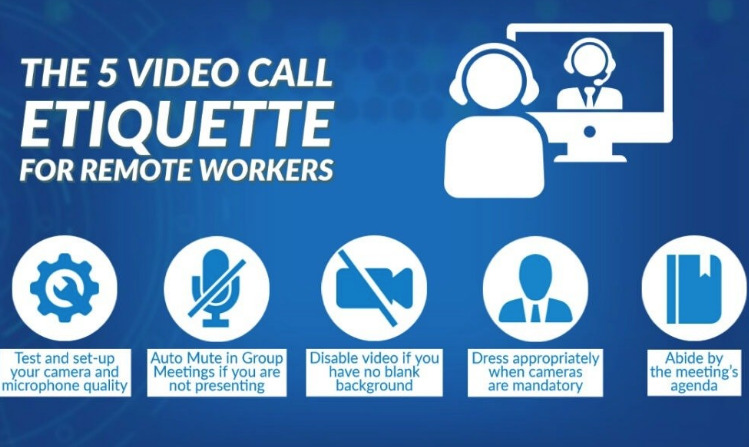
Typical remote interview etiquette tips might include turning mobile devices onto ‘do not disturb’, keeping doors closed and locked to avoid disturbances, muting microphones when others are speaking, and dressing smartly even if you’re working from home.
Finding ways for your team to access candidate information with ease is another essential part of the remote interview process. For example, to avoid mix-ups when contacting candidates, you could add them to your predictive dialer system in their own categorized list so you can keep details in one place and speed up the process of calling them.
3. Add extra tests to the hiring process
The video or phone interview is an essential part of the hiring process, but the standard set of interview questions might not be enough to help you make the big decision and choose one candidate over another.
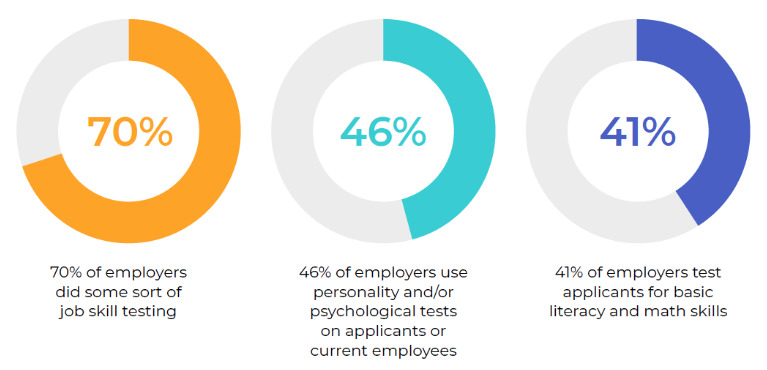
Luckily, the remote interview process offers the chance to supplement interviews with additional tests or assessments. Asking candidates to give a presentation as part of their interview is a popular approach and also shows how well the candidate can present in a remote meeting – an increasingly important skill.
You could also ask candidates to complete a skills test or provide a sample of work according to a brief you give them to get a stronger sense of their abilities and talents.
4. Encourage communication across the hiring committee
If your hiring committee is also working remotely, ensuring they have clear and open lines of communication throughout the interview process is essential. This means making sure everyone is fully informed as to how the interviews will take place and what will be required of them.
As more and more employees begin to work from home, many businesses are already using an IP phone solution and cloud messaging systems to keep their staff in touch with each other. Whatever tools you use for work communication, make the most of them during the remote interview process.
5. Email candidates beforehand
When it comes to remote interviews, no amount of communication is too much. An essential part of the process should be communicating the interview details to the candidates beforehand.
That means sending at least one email that clearly sets out the following:
- When the interview will take place
- How the interview will take place (e.g. what platform and tools you’ll be using)
- Who the interview is with and what their roles are in the company
- Any preparation the candidate should do
- Whether you’ll be using audio alone or audio and video
- Remote interview etiquette tips such as finding a quiet spot and minimizing distractions
This information will be helpful both for the interviewee and your panel as it will clearly set out the parameters of the interview for all involved.
6. Streamline and review your interview process
Whenever you start a batch of remote interviews, you have an opportunity to review your key business processes, including your recruitment and interview processes.
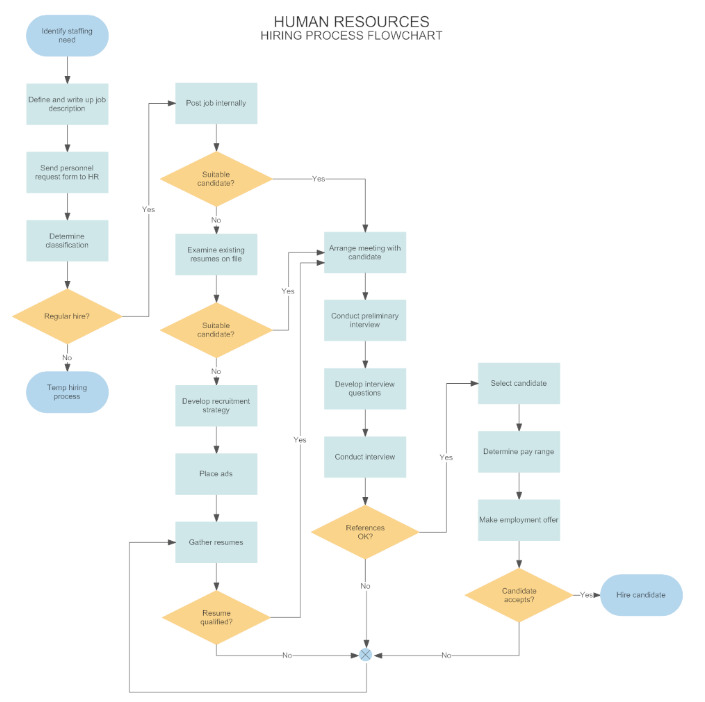
You should start by asking yourself how effective and streamlined your interview process already is. Could it be improved? Do you need to create an automated process or invest in applicant tracking software?
If you don’t have a dedicated process for interviews at your company, now is the time to put one in place. Not only will this ensure interviews are consistent across the board, but it will enable you to collect all the relevant information you need from candidates so you can make an informed decision.
7. Start with small talk
At in-person interviews, you usually spend a few minutes letting the candidate settle in with some small talk. This part of the interview is often lost in remote interviews as hiring panels jump straight into the questions, but it’s still an essential component.
That small talk at the start of the interview helps candidates relax and, as a result, perform at their best. It also helps you build high-quality connections with potential hires from the outset.
8. Listen actively
When we communicate in person, we use all sorts of non-verbal cues to show we’re listening. These include nodding, open body language, and eye contact. Many of these opportunities to show we’re listening are lost in video and phone calls. That’s why you should use active listening techniques.
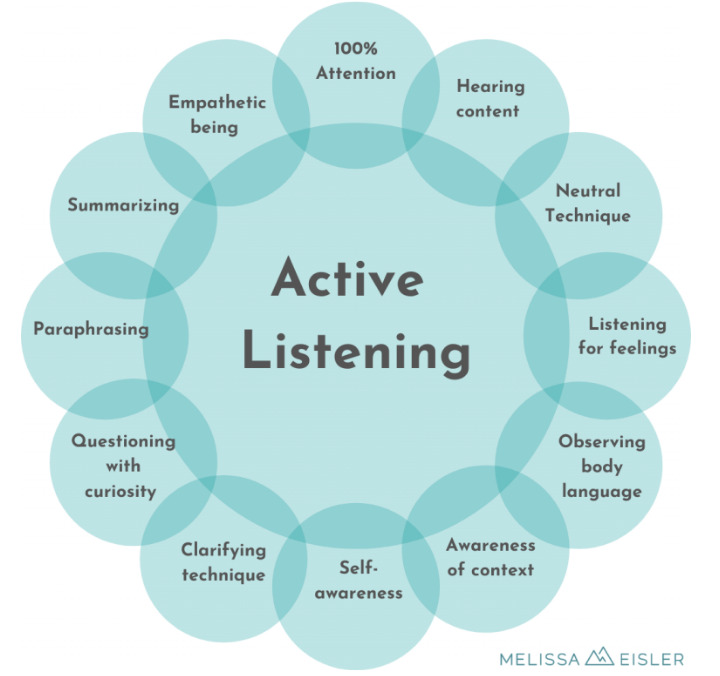
Some active listening techniques you can use in remote interviews are paraphrasing, summarizing, and giving candidates your full attention. That means whenever a candidate says something, you offer a brief summary or paraphrase of it to show you’re listening closely and understand their point.
9. Convey your company culture
Many businesses forget that interviews go two ways – the candidate also wants to know how well they’ll fit into a company. Giving them information about your business procedures, daily tasks, customer relationship management or hosted PBX systems, and so on is all well and good, but you should also use interviews as a chance to convey your company culture.
This is especially important in remote interviews. Candidates don’t get the chance to walk around an office and meet employees in person. Tell them about your company culture, regular activities you take part in, and how you make work an open and friendly environment for your staff – even if they’re remote.
10. Test your tools and have a plan B
Remote interviews are a lot more reliant on technology than traditional in-person ones. A manual testing tutorial can advise you on how software companies test their tools for bugs, but when it comes to remote interviews, the best thing you can do is a run-through with other team members to ensure the tools you’ll be using are running smoothly.
Sometimes, tech goes wrong, and there’s nothing we can do about it. That’s why it’s important to have a plan B in place. This could be turning the interview from a video call to a phone call or rescheduling.
You should also make sure you have plenty of time for each interview and don’t schedule them back-to-back. This means if you or the candidate need a few minutes to fix technical issues, you won’t be pressed for time.
Final thoughts on remote interviews
Conducted correctly, remote interviews are a highly effective way to hire employees. You can fit in more candidates, interview applicants from anywhere in the world, and make the most of virtual tools like screen-sharing and collaborative whiteboards.
That said, remote interviewing comes with its challenges. The above tips will ensure you, your hiring committee, and your candidates are all well prepared for the interview and have all the information and tools needed to ensure the process goes seamlessly.
About the Author

Richard Conn is the Senior Director for Demand Generation at 8×8, a leading communication platform with integrated contact center, voice, video, and chat functionality. Richard is an analytical & results-driven digital marketing leader with a track record of achieving major ROI improvements in fast-paced, competitive B2B environments.


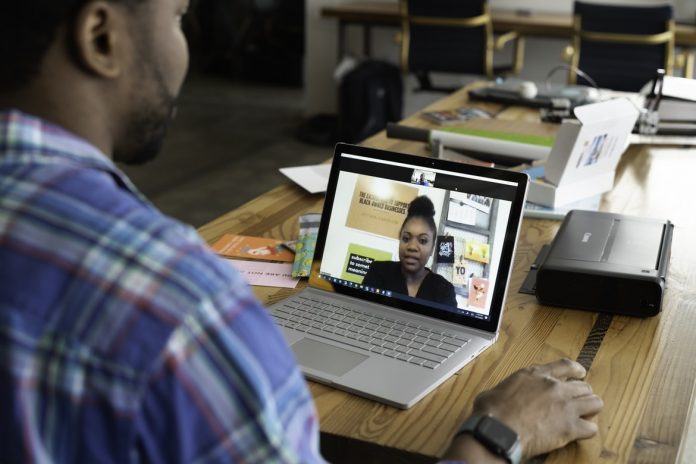


![“Does Everyone Hear Me OK?”: How to Lead Virtual Teams Effectively iStock-1438575049 (1) [Converted]](https://www.europeanbusinessreview.com/wp-content/uploads/2024/11/iStock-1438575049-1-Converted-218x150.jpg)




























